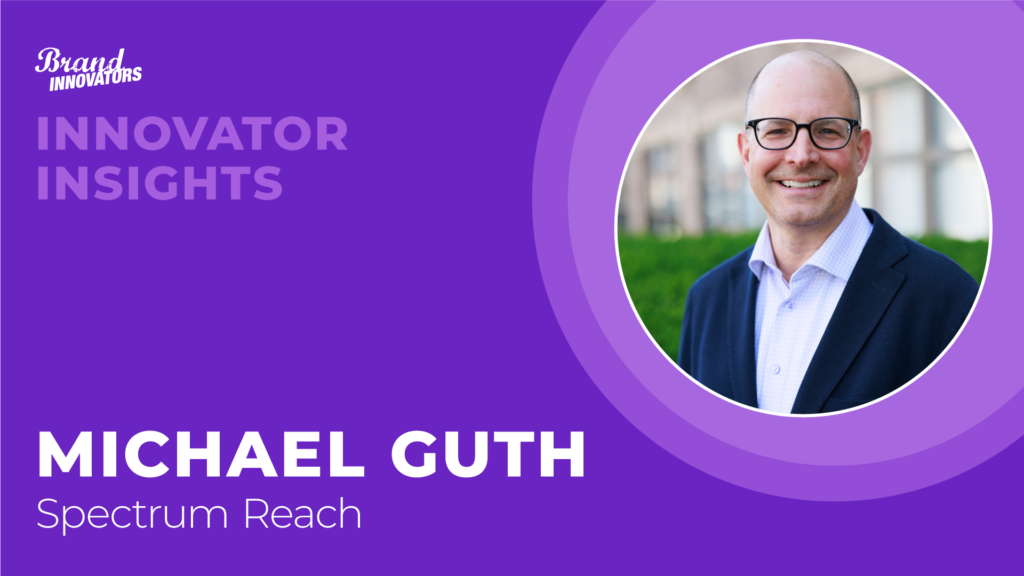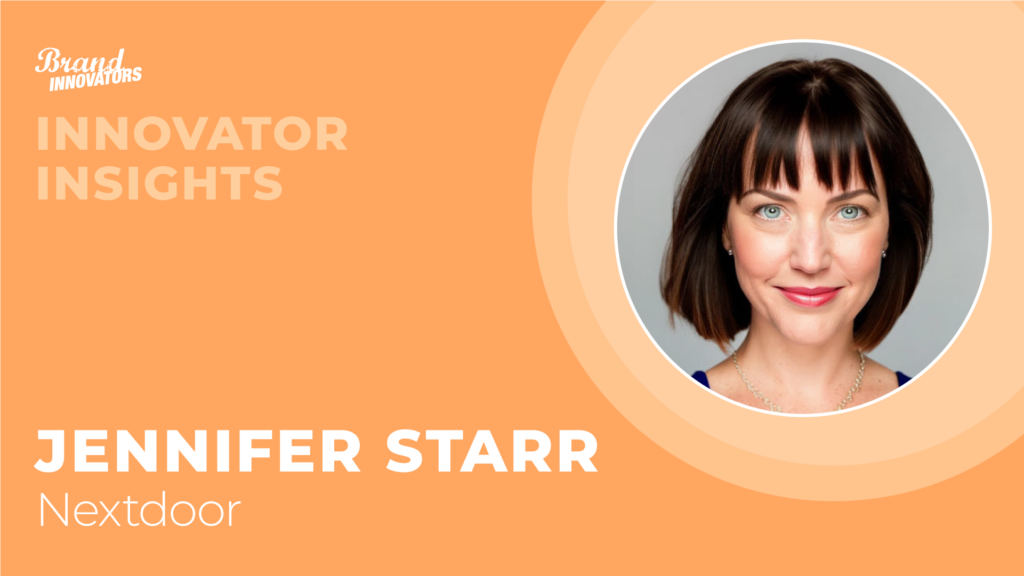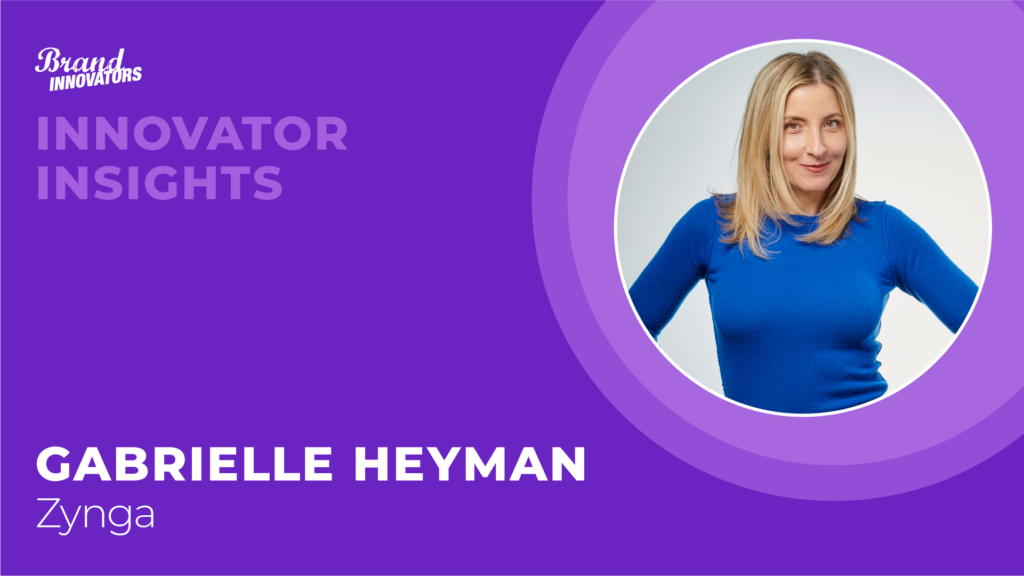The COVID-19 pandemic turned Zoom into a verb and introduced many to the QR code, but most changes in consumer behavior brought by the emergency were already in play before toilet paper became scarce. They just hadn’t been noticed.
Spotting those changes as they develop—sometimes in unexpected ways—can make a competitive advantage for a brand, said Melissa Dunn, EVP, marketing & communications at the real-time market research platform Suzy. The pandemic, as it accelerated digital trends already in progress, highlighted the importance of looking at consumer behavior and the macro environment together over time, she said.
Consumer attitudes and behaviors went through a sea change in the pandemic, and brands now need the ability to make data-driven decisions quickly more than ever. At the same time, media fragmentation and social media use means many consumers now live in echo chambers of content curated to agree with their beliefs, making communicating authentically a challenge.
“There’s just so many places to seek out content, and there’s a lot of noise,” said Dunn. Given that saturation, brands need to prioritize constantly keeping up with trends and producing engaging content in order to stay relevant. “The ability to be able to keep up with consumer trends—and just trends in general—is what is going to set brands and businesses apart, if they do it right,” she added.
Quick, real-time brand intelligence and insights are now a utility for marketers, to create useful content and present it to consumers in the most authentic and relevant context, said Dunn. This plays right to Suzy’s strengths, she said. The company owns a consumer panel that allows users to conduct quantitative and qualitative research in one integrated platform, giving Suzy customers the ability to access research ranging from quick polling to in-depth studies across 22 verticals.
“We have a platform that delivers on speed, ease of use, and honestly, it’s very cost-efficient given our pricing model is different from other providers,” she said. Suzy focuses trend hunting into producing on-theme content every quarter around one key trend (Q2 2024 is Influencers) offering statistics, a white paper, infographic and webinar to help clients understand what the trend means for brands, relating what is happening in the market to consumer behavior. “We also leave room for real-time events that occur, for example, when we launched a survey immediately after the earthquake and hours later had published data around consumer sentiment related to the event.”
Content in crisis
Creating relevant content “is more important than ever, especially as traditional media navigates through what many perceive as a crisis stage due to fragmentation and rising public distrust,” said Dunn.
“Consumers are expecting content that’s not only engaging, but also really tailored to their interests, their needs and values,” she said. “Brands have to be hyper personalized.”
With high consumer expectations, direct access to consumer data empowers businesses to make quick decisions based on feedback that sometimes uncovers unexpected use cases or products or unforeseen customer feedback. The current Ozempic craze is an example of evolution of a product that had been in the market for some time, but the evolution of a diabetes drug into a mass-market weight-loss aid has a number of wider implications. It is already affecting healthcare and wellness, but Dunn said Suzy uncovered underlying issues, such as the impact on body positivity, and is researching how it could change consumer behavior over time in other sectors, such as food and beverage or vitamins and nutritional supplements.
These what-if scenarios are part of anticipating how trends will evolve over time and iterating research to stay ahead of the product life development. For example, Dunn wondered if Ozempic could even affect airlines, which might ponder fuel consumption, should the average passenger’s weight decrease.
“Being iterative is the most important piece of that (work), which is constantly pulse checking and getting the sense of what’s happening, not only in the outside world with macro trends, but with the consumers themselves,” said Dunn. “There has to be a marrying of the two, especially when you think about how to develop content and connect with consumers in the right way.”
Suzy has also had to iterate quickly to respond to current events, and advise clients on how to react. Last year, it pivoted to research the effects of the writers’ strike on media and the entertainment industry and Meta’s launch of Threads on X, formerly Twitter.
“You really can’t be myopic,” said Dunn. “You have to look at what’s happening in the world and at the end of the day, how it’s impacting your consumer and what you put out in the world.”
Technology for the win
Parsing that much research at speed calls for technology to help move things along. Suzy is experimenting with artificial intelligence to boost its infrastructure, especially to hone in on consumer sentiment and insight and distill information “in a digestible way,” Dunn said. She couldn’t offer details, but said the company may make those tools available to clients later this year.
“AI and language models are giving people the ability to take what is overwhelming and find trends, find consistencies, summaries of what they need to know in a more timely manner,” said Dunn. “A lot of brands are probably diving into ‘What does AI mean for our company and how is it going to help us solve some of these challenges?’ Suzy is definitely doing that internally and the plan is to make that also a customer-facing solution for the 400-plus brands that we work with.”
The pandemic was perhaps the biggest example of the real world interfering with marketing and technology saving the day. COVID caused a sudden economic shift, moving consumer activity online, and reshaping the way brands could tap their insights, since focus groups were off the menu. Brands couldn’t “spend tens of thousands of dollars sitting behind a piece of glass, eating M&Ms, listening to consumers talk,” said Dunn, but Suzy’s digital panels proved their worth, delivering insights at a time of rapid change.
“It was our moment to really act as a utility for our customers, because they had everything in one place digitally that was stored in the cloud,” said Dunn. “That has continued from a research perspective, to show brands how they can be more efficient and really do things at the click of a button. I don’t think that’s changing.”




